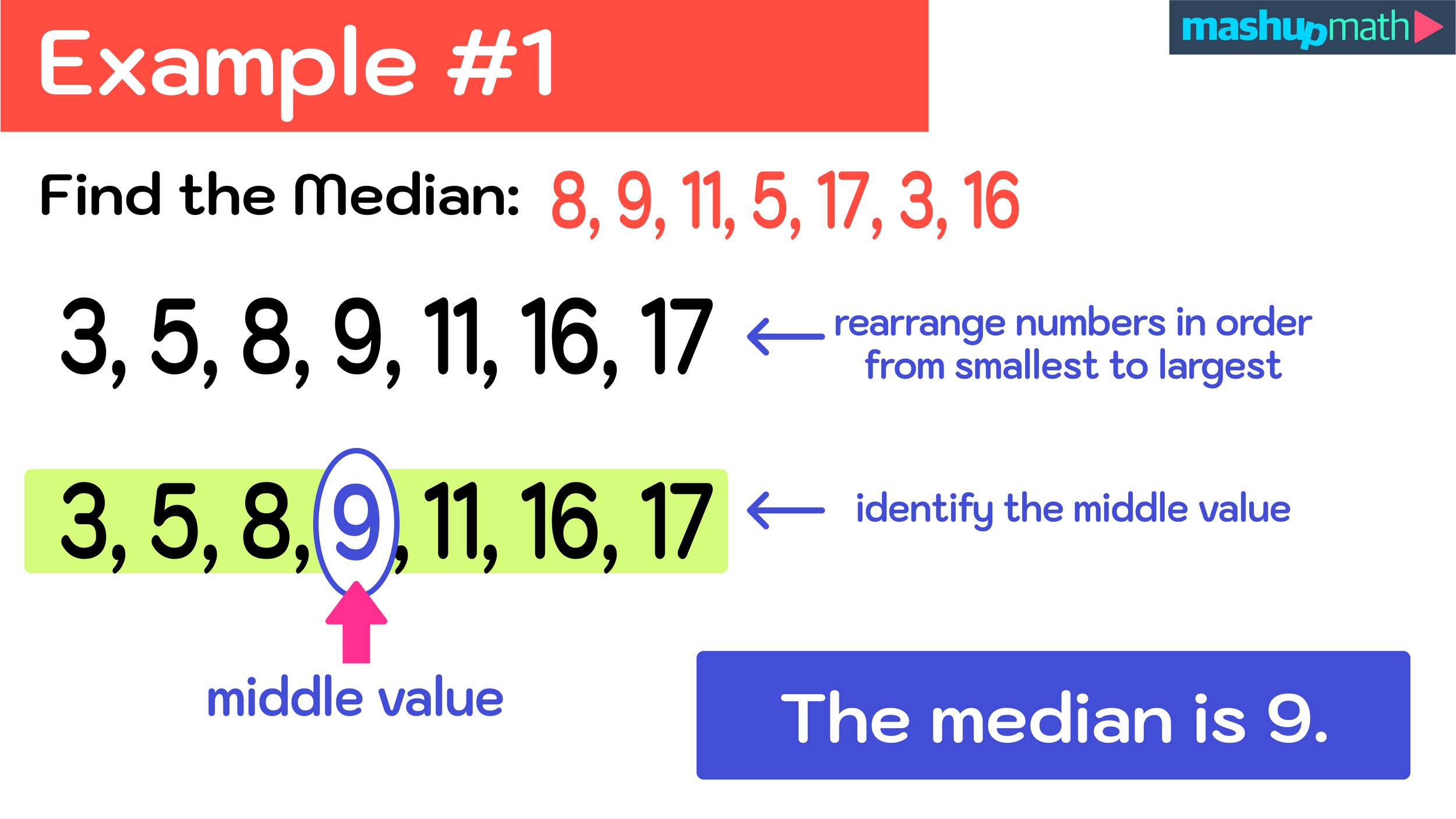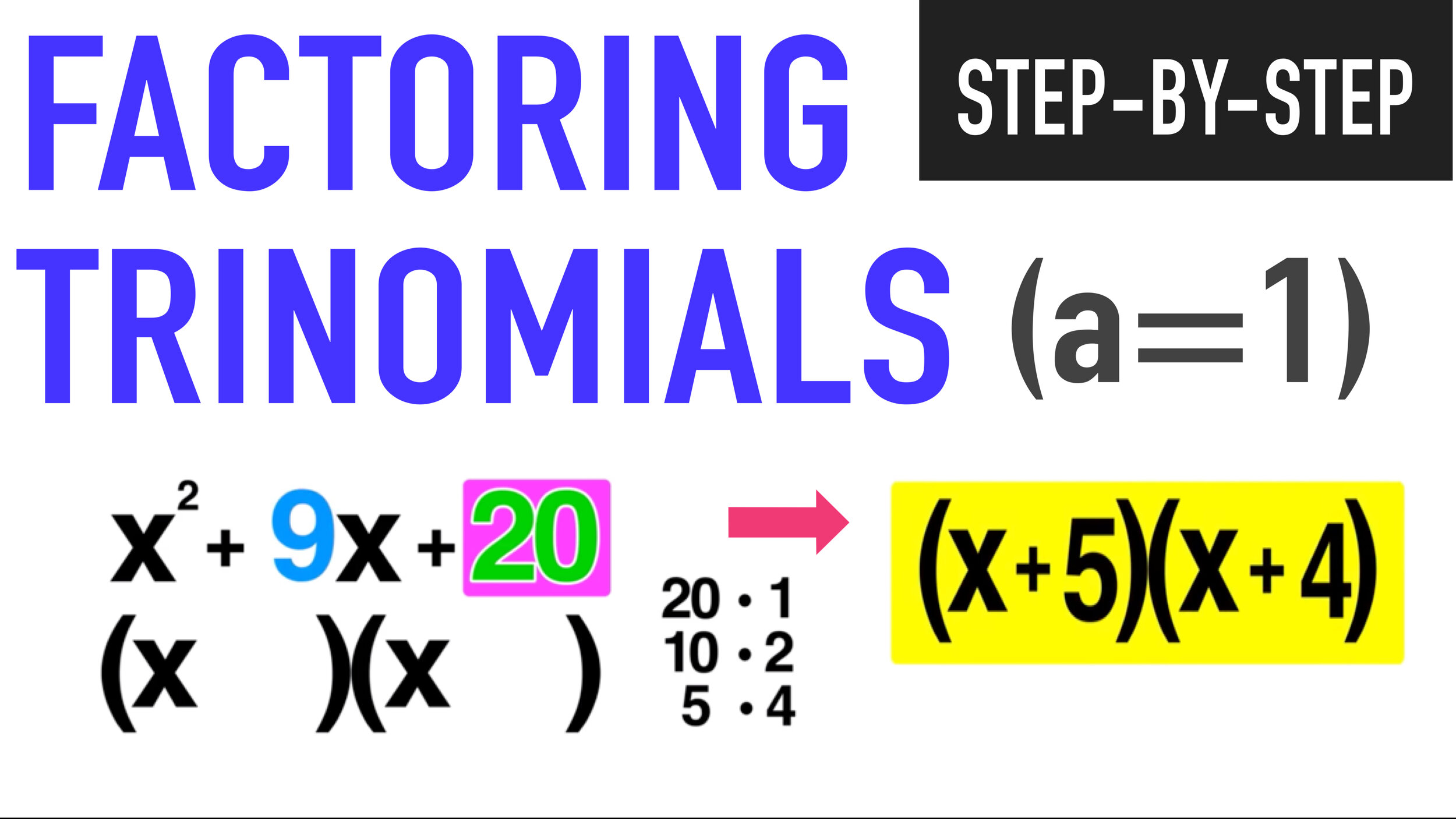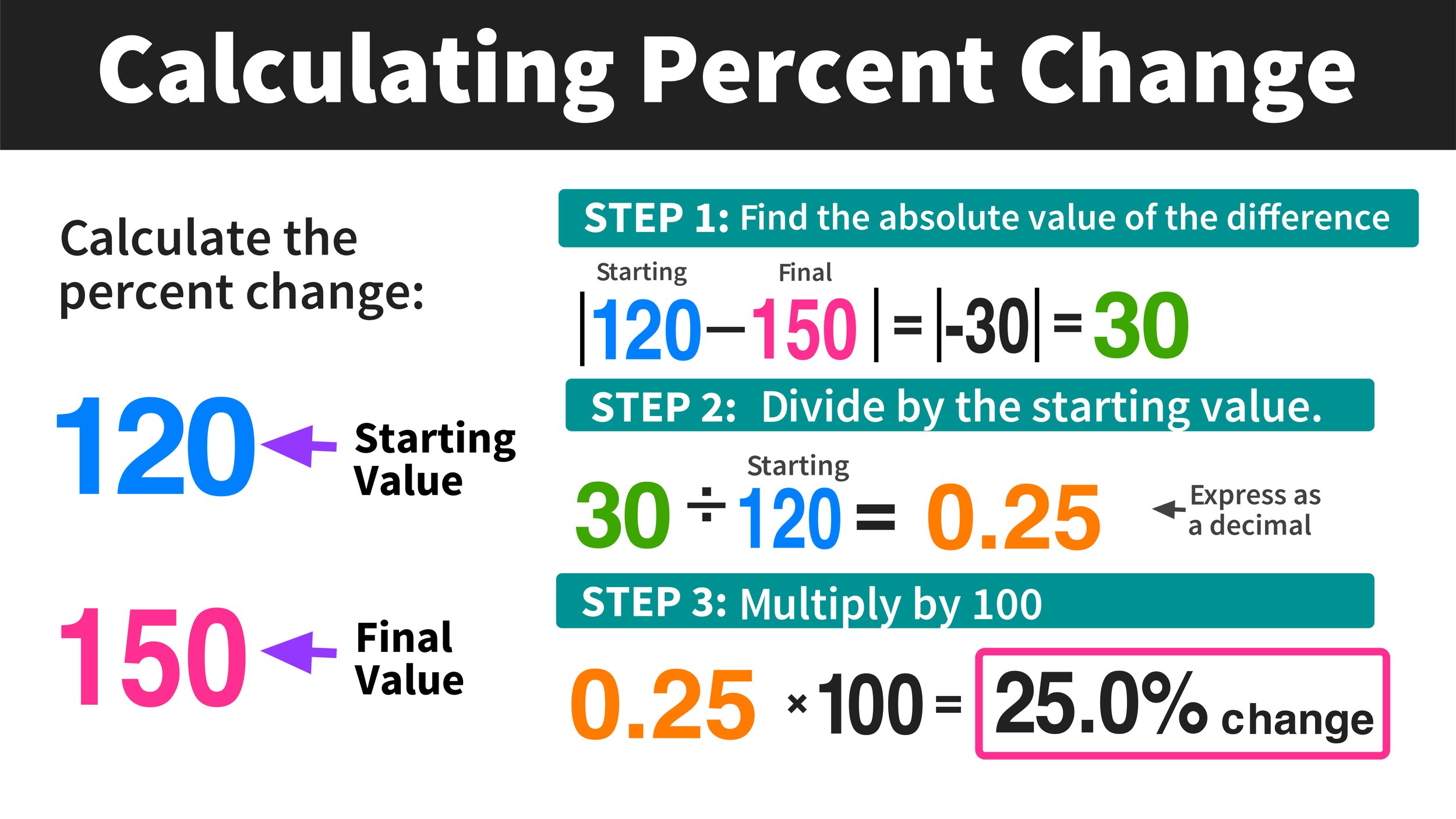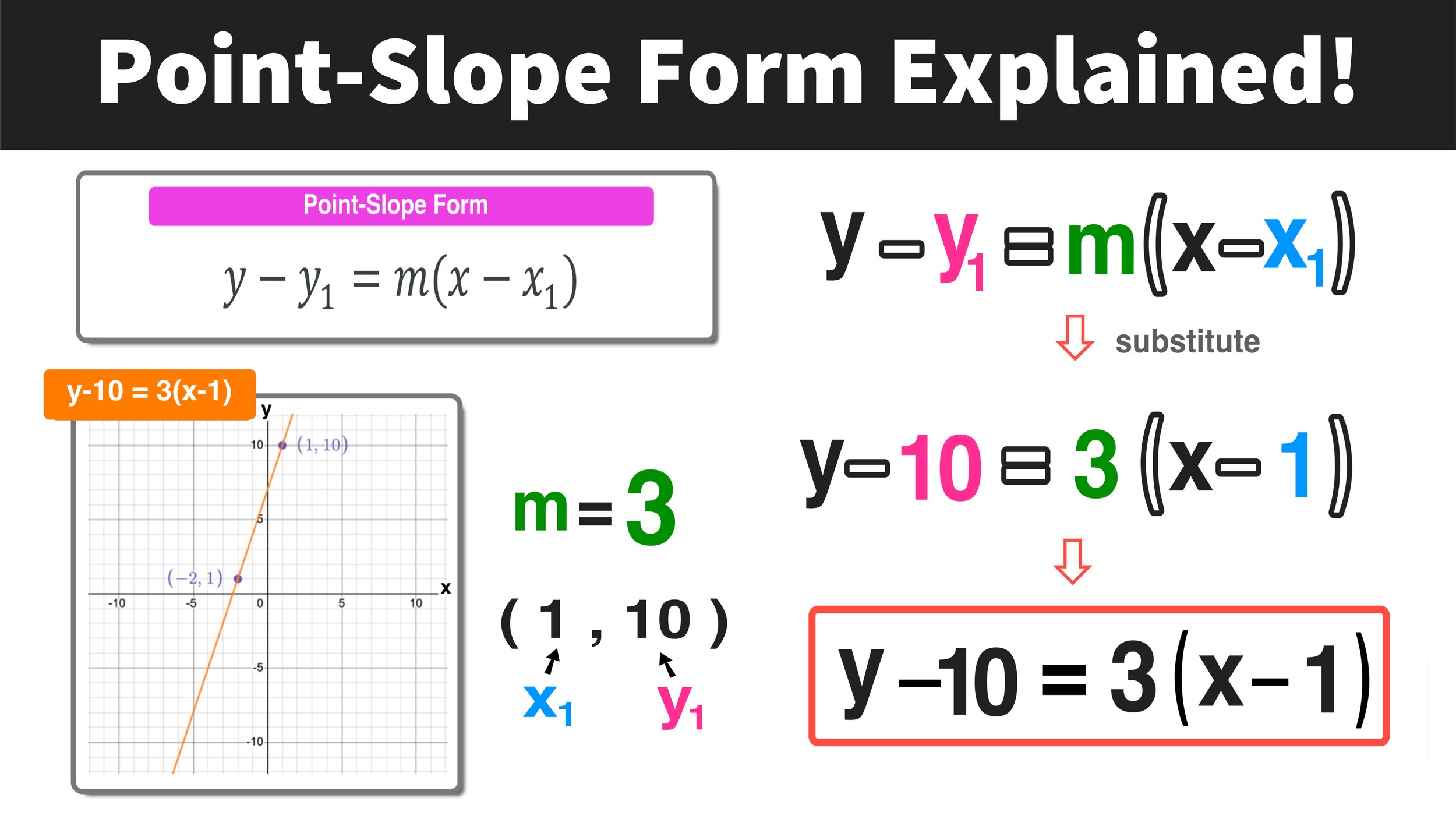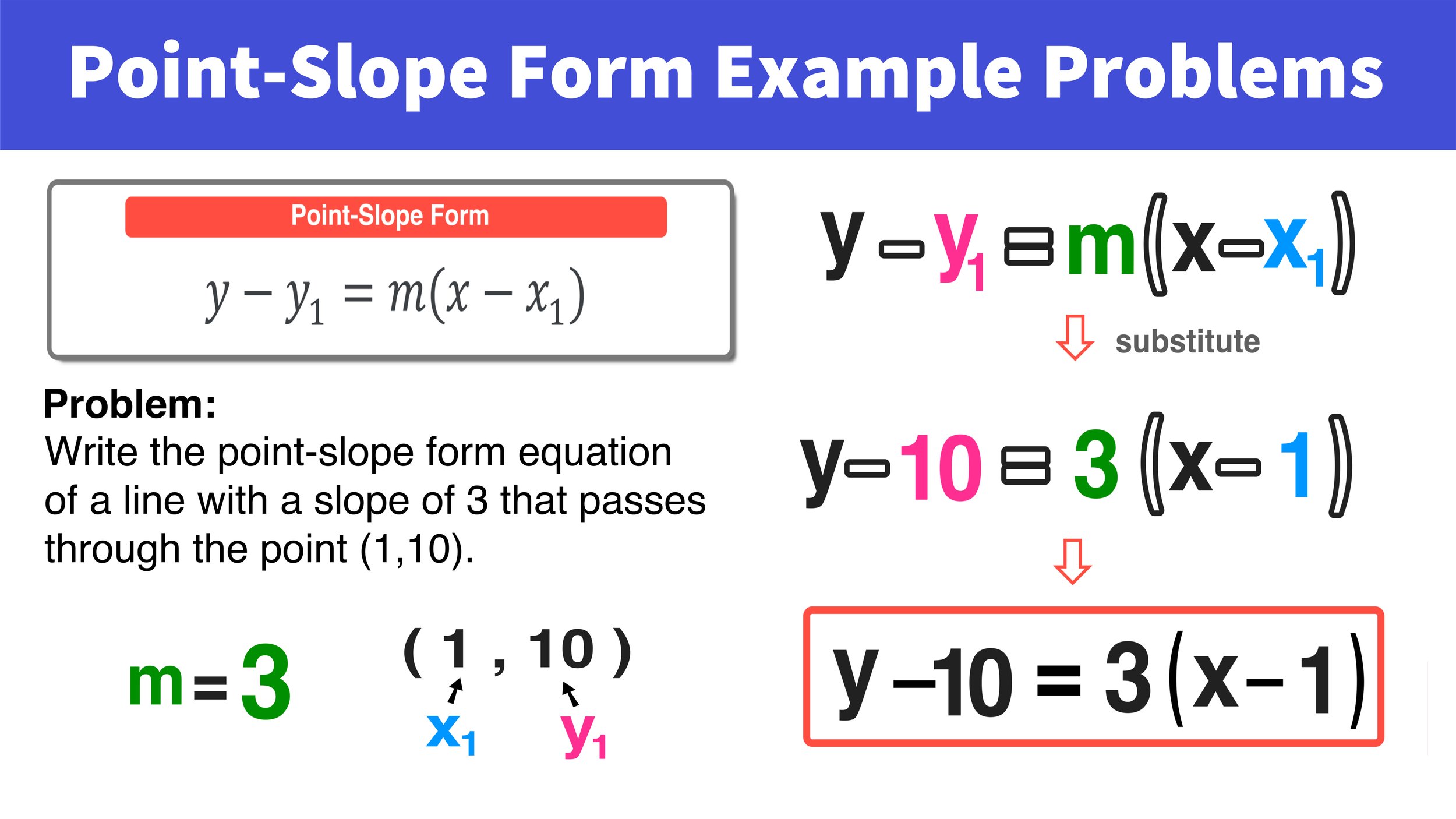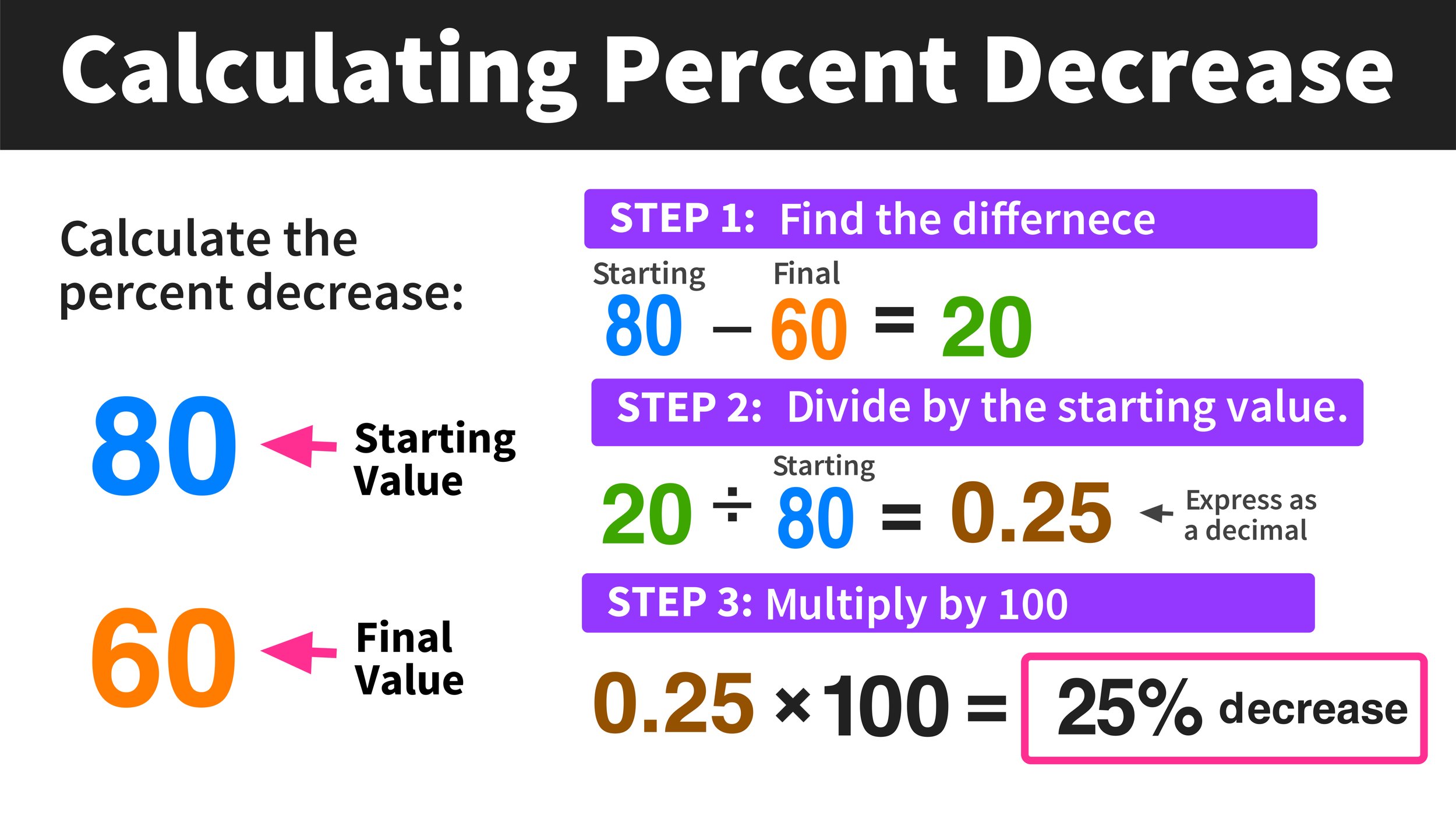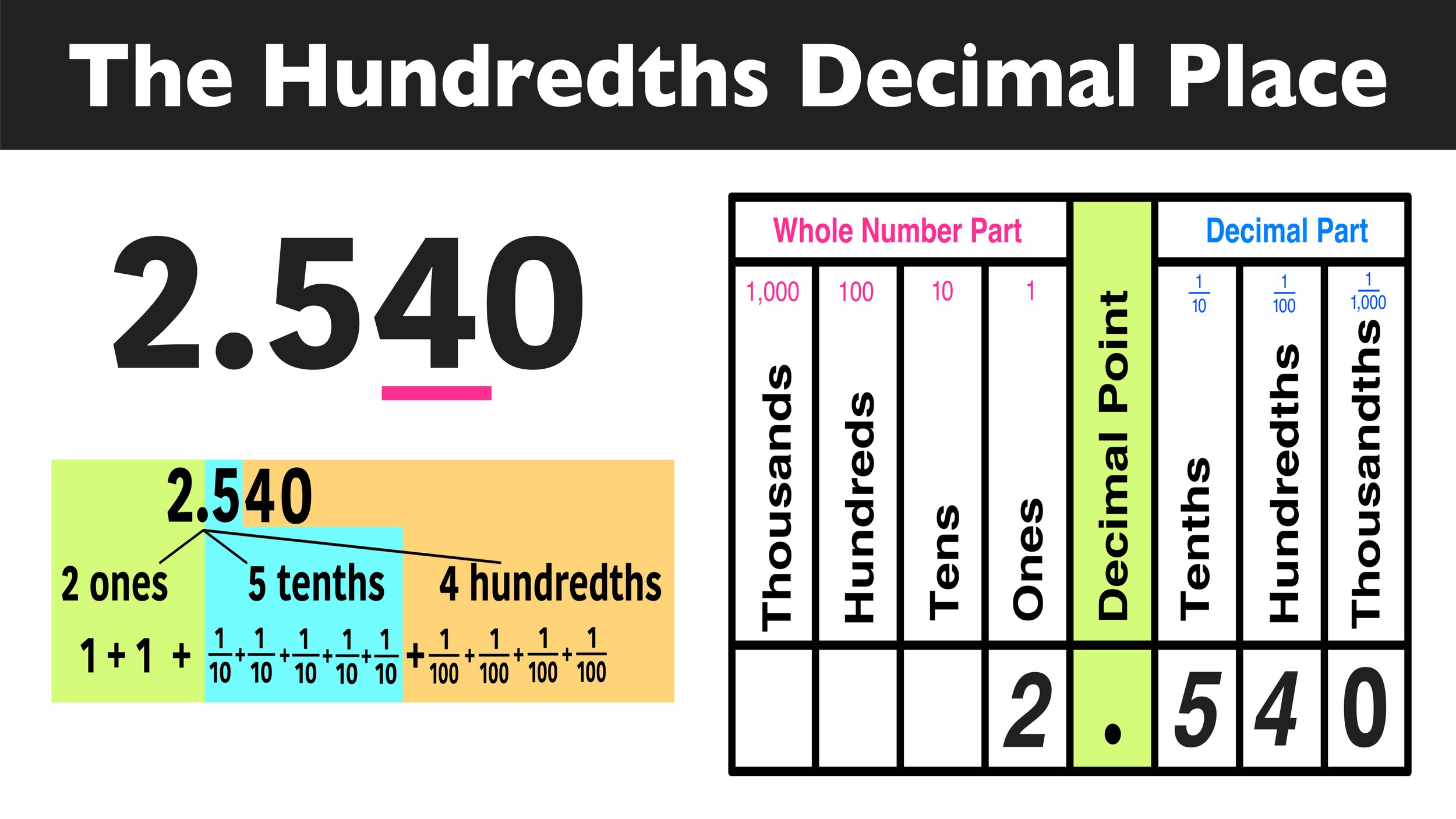How to Find Median in Math Step-by-Step
Math Skills: How to find the median of a data set in 3 easy steps
Are you ready to learn how to find the median of a data set?
Finding the median of a data set is an important skill that will help you to analyze and make conclusions about data.
In math, the word median means middle and it refers to the middle number in a data set where the values are organized from smallest to largest.
In this Free Step-by-Step Guide on How to Find Median, you will learn how to find the median of a data set using a simple 3-step method, which we will practice and apply to several example problems. This guide will cover the following sections/topics:
You can click on any of the quick-links above to jump to any topic/section of this guide, or you can follow each section in order (we highly recommend this option if you are new to this topic).
Let’s begin!
Lesson Preview: How to find median in math in 3 easy steps.
What is the Median of a Data Set?
In statistics, a data set is a group of numbers that represent some form of data.
For example, consider a data set that represents the ages of 5 different students:
12, 13, 15, 17, and 20
Note that a values in a data set can be represented as a list of numbers (as shown above) or contained with a set of curly brackets as shown below:
{12, 13, 15, 17, 20}
Note that both of these options represent the same data set, which, in this case, represents the ages of students.
Figure 01 below illustrates this data set and what the values represent.
Figure 01: This data set represents the ages of five different students.
In math, the median of a data set is the middle value of a set of data that is arranged in order from smallest to largest from left to right.
As long as the values in a data set are arranged in order of smallest to largest, you can simply locate the middle value to determine the median of the data set.
You can find the median, or middle, value of any data set by following these three simple steps:
Step One: List all of the numbers in order from smallest to largest
Step Two: Identify the middle number (if there are two middle numbers, continue to Step Three).
Step Three: If there are two middle numbers, find the average of the two numbers to determine the median.
Before we move onto any example problems of how to find the median of a data set, let’s apply these three steps to finding the median of the previously mentioned data set that represented the ages of five students as 12, 13, 15, 17, and 20.
Step One: List all of the numbers in order from smallest to largest
If we wanted to find the median of the data set that represented student’s ages, we would first have to make sure that the values are indeed in order from smallest to largest:
12, 13, 15, 17, 20
It is easy to see that the numbers in the data set are arranged in order from smallest to largest.
Step Two: Identify the middle number (if there are two middle numbers, continue to Step Three).
12, 13, 15, 17, 20
Step Three: If there are two middle numbers, find the average of the two numbers to determine the median.
In this case, the middle number is 15, so we can skip the third step and conclude that:
Final Answer: The median is 15.
Note that, later on in this guide, we will work through example problems where Step Three will be necessary.
The 3-step process for how to find median is displayed in Figure 02 below.
Figure 02: The median of a data set with values arranged in order from smallest to largest is the middle value.
Now that you are familiar with the concept of a median of a data set and what it represents, you are ready to gain some more practice with how to find median using our 3-step method.
How to Find Median Examples
How to Find the Median of a Data Set Example #1
Example: Find the Median of the Data Set:
Data Set: 3, 9, 11, 5, 17, 8, 16
Step One: List all of the numbers in order from smallest to largest
Notice that the numbers in our data set are not in order from smallest to largest. We can rewrite the data set so that the numbers are indeed in order as follows:
3, 5, 8, 9, 11, 16, 17
Now that the numbers in our data set are arranged in order from smallest to largest, we are ready for our second step.
Step Two: Identify the middle number (if there are two middle numbers, continue to Step Three).
Since our data set has an odd number of values, we pinpoint one exact middle term, which, in this case, is 9:
3, 5, 8, 9, 11, 16, 17
Step Three: If there are two middle numbers, find the average of the two numbers to determine the median.
In cases such as this, we can skip our third step and conclude that:
Final Answer: The median is 9.
Figure 03 below illustrates how we solved this first example step-by-step.
Figure 03: How to Find Mean Using 3 Easy Steps.
Notice that our data set for this first example has an odd amount of values (the data set had 7 total values). Whenever this is the case, you will be able to identify one single number and skip Step Three.
However, whenever there is an even amount of values, there will be two middle numbers and you will have to perform the third step to determine the median, which will be the case in the next example.
How to Find the Median of a Data Set Example #2
Example: Find the Median of the Data Set:
Data Set: 5, 14, 4, 9, 24, 16, 10, 18
Step One: List all of the numbers in order from smallest to largest
Our first step is to arrange all of the numbers in order from smallest to largest as follows:
4, 5, 9, 10, 14, 16, 18, 24
Step Two: Identify the middle number (if there are two middle numbers, continue to Step Three).
Unlike the last example which had a data set with an odd amount of numbers, the data set in this example has an even amount of numbers (there are 8 total values).
In cases like this, when there is an even amount of numbers in the data set, there will be two middle numbers:
4, 5, 9, 10, 14, 16, 18, 24
Notice that both 10 and 14 are both in the middle. Whenever there are two middle numbers, you will have to complete Step Three to determine the median of the data set.
Step Three: If there are two middle numbers, find the average of the two numbers to determine the median.
To find the median of a data set with two middle numbers, you simply have to find the average of the two numbers. You can do this by adding the two middle numbers together and then dividing by two as follows:
10 + 14 = 24
24 ÷ 2 = 12
Final Answer: The median is 12.
The step-by-step process for how to find a median of a data set with an even amount of values is shown in Figure 04 below.
Figure 04: How to Find Median of a Data Set with Two Middle Numbers.
Now that you are familiar with how to find median when a given data set has an odd amount of numbers or an even amount of numbers, let’s work through two more examples to further reinforce your understanding of how to find a median.
How to Find the Median of a Data Set Example #3
Example: Find the Median of the Data Set:
Data Set: 2, 58, 40, 17, 15, 16, 31, 6, 10, 18, 67, 23, 96
Step One: List all of the numbers in order from smallest to largest
First, rewrite the numbers as a list in order from smallest to largest:
2, 6, 10, 15, 16, 17, 18, 23, 31, 40, 58, 67, 96
Step Two: Identify the middle number (if there are two middle numbers, continue to Step Three).
Notice that this particular data set has an odd amount of numbers (there are 13 total values). So, we can determine the middle value on the second step:
2, 6, 10, 15, 16, 17, 18, 23, 31, 40, 58, 67, 96
Step Three: If there are two middle numbers, find the average of the two numbers to determine the median.
Since this data set had an odd amount of values, we were able to identify the median in Step Two and we can conclude that:
Final Answer: The median is 18.
Figure 05 below shows how we identified the median in Example #3.
Figure 05: How to Find a Median of a Data Set.
How to Find the Median of a Data Set Example #4
Example: Find the Median of the Data Set:
Data Set: 2, 9, 5, 8, 4, 10, 3, 15, 1, 25
Step One: List all of the numbers in order from smallest to largest
Just like the previous examples, we begin by rearranging the numbers in the data set so that they are in order from largest to smallest:
1, 2, 3, 4, 5, 8, 9, 10, 15, 25
Step Two: Identify the middle number (if there are two middle numbers, continue to Step Three).
The data set in this Example #4 has an even amount of numbers (there are 10 total values).
Whenever there is an even amount of numbers in the data set, there will be two middle numbers:
1, 2, 3, 4, 5, 8, 9, 10, 15, 25
Both 5 and 8 are in the middle, so we have to move onto Step Three to determine the value of the median.
Step Three: If there are two middle numbers, find the average of the two numbers to determine the median.
We can identify the median by finding the average of the two middle numbers as follows:
5 + 8 = 13
13 ÷ 2 = 6.5
Final Answer: The median is 6.5.
Notice that our final answer is a decimal, which is totally fine and quite common!
Figure 06: How to Find a Median Step-by-Step
Conclusion: How to Find Mean
Knowing how to find the median of a data set is an important and useful math skill that every student must learn.
The median of a data set that is arranged in order from smallest to largest is the middle value (i.e. median = middle).
You can find a median by applying the following three-step method:
Step One: List all of the numbers in order from smallest to largest
Step Two: Identify the middle number (if there are two middle numbers, continue to Step Three).
Step Three: If there are two middle numbers, find the average of the two numbers to determine the median.
Note that, for data sets with an odd amount of values, Step Three can be skipped. However, whenever a data set has an even amount of values, there will be two middle numbers and following Step Three will be necessary for finding the median value.







